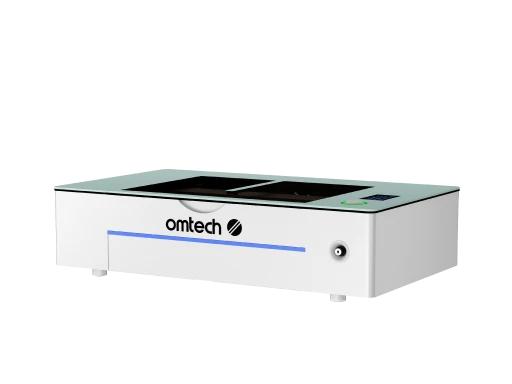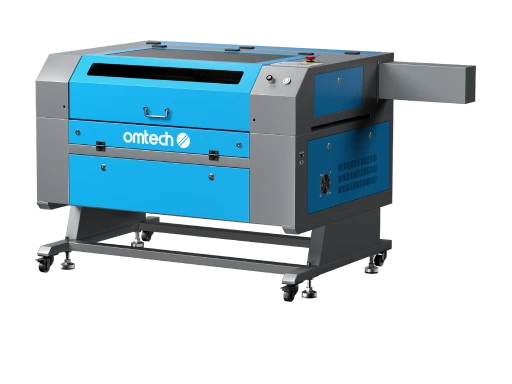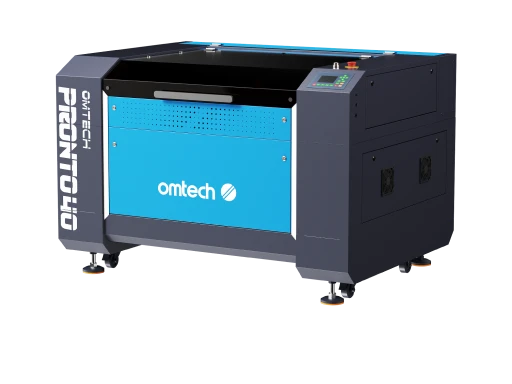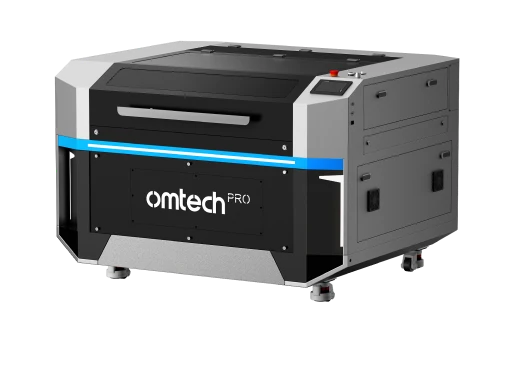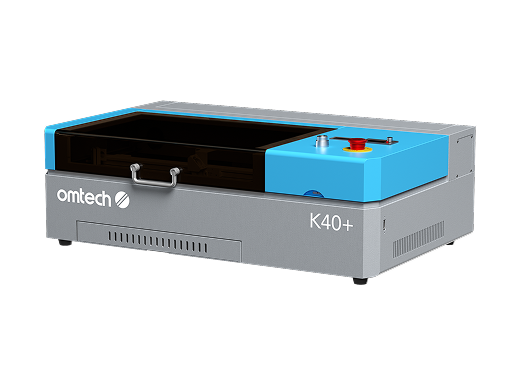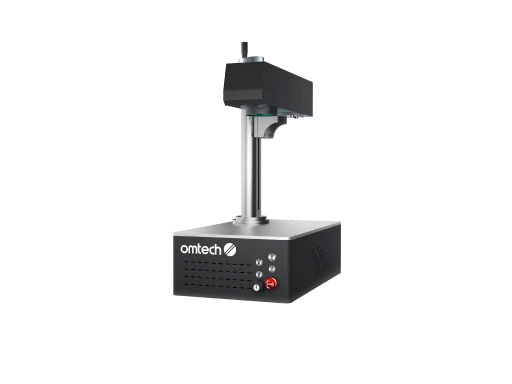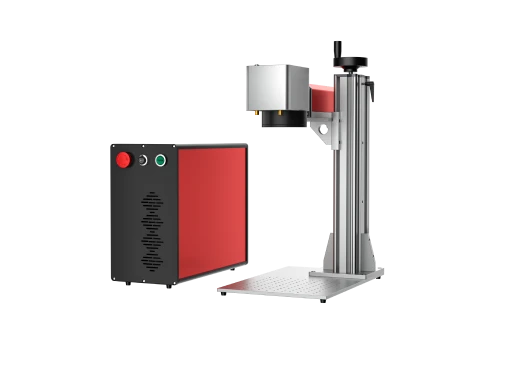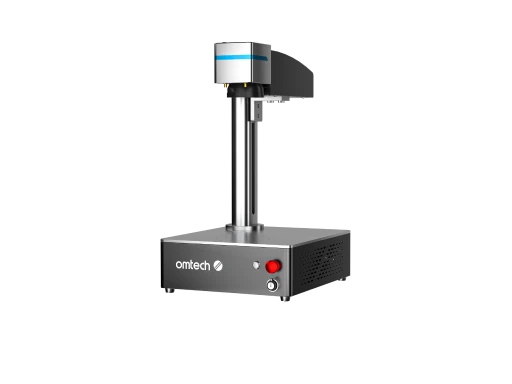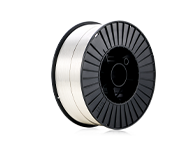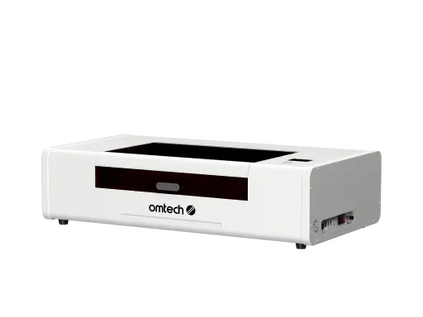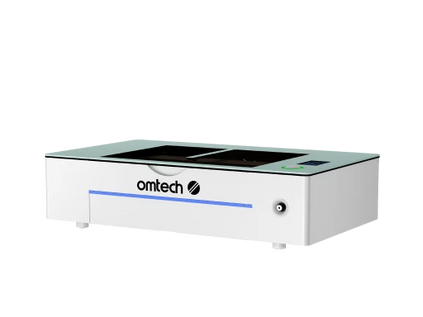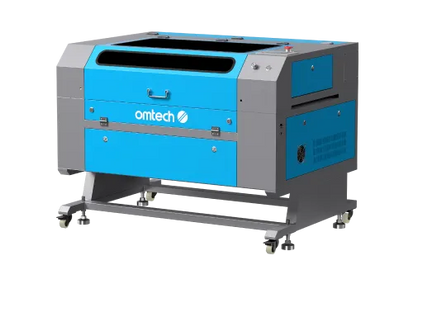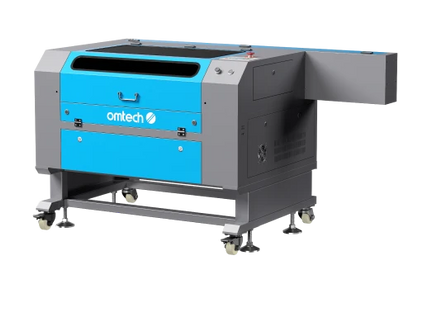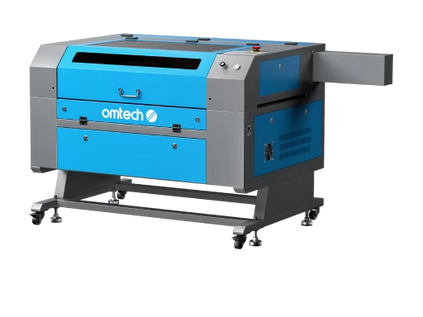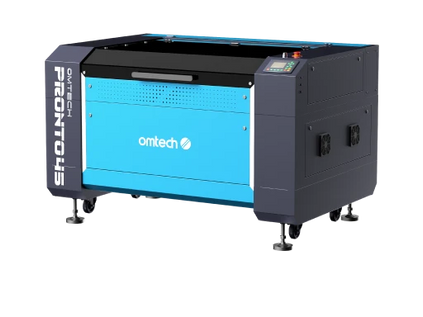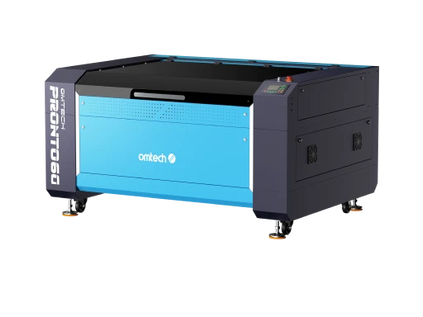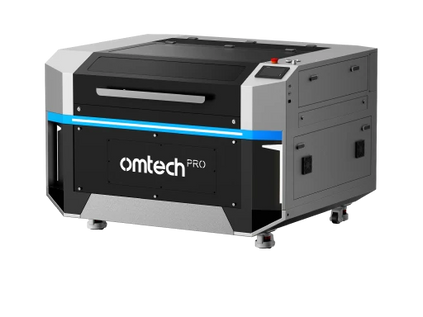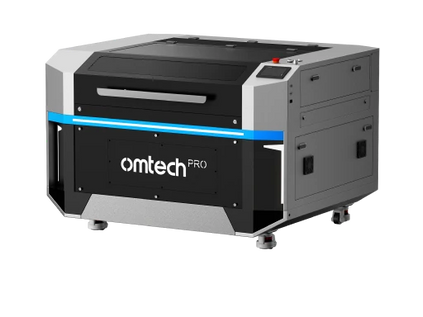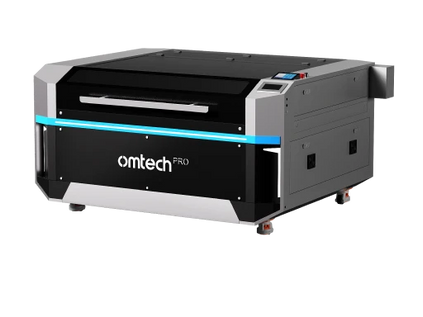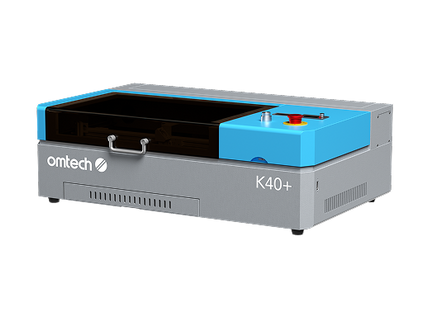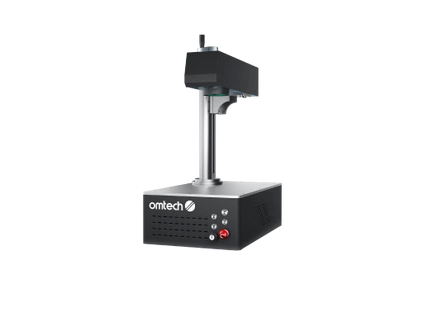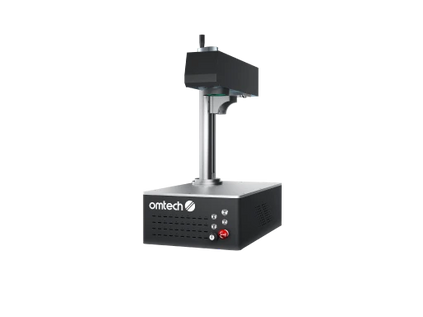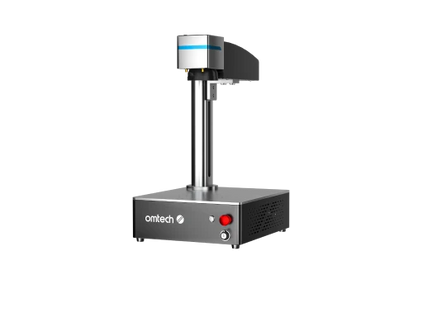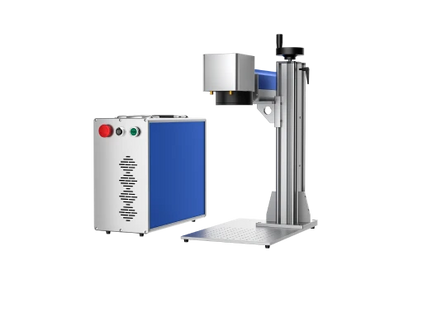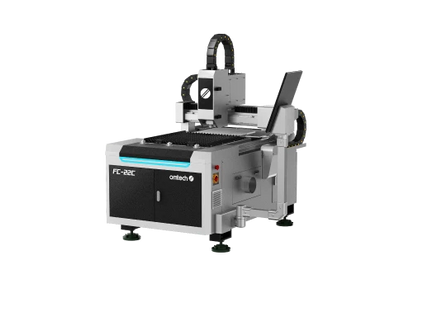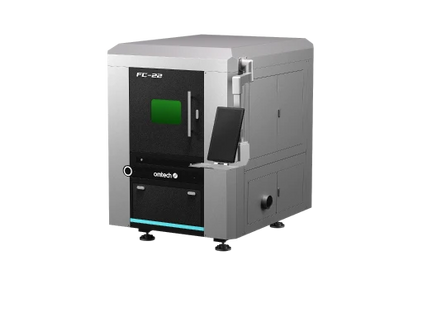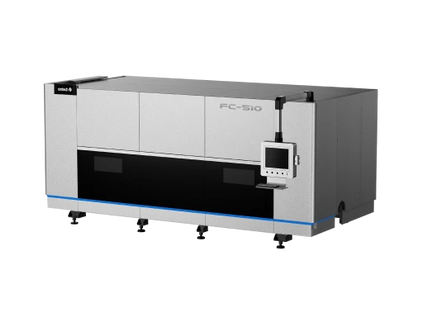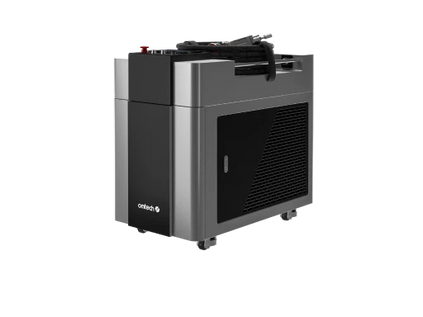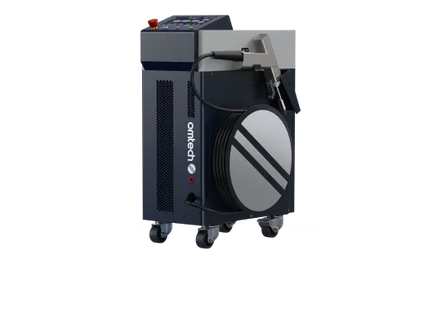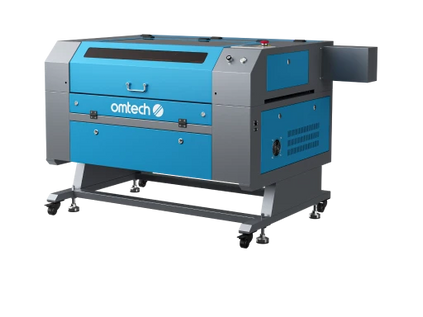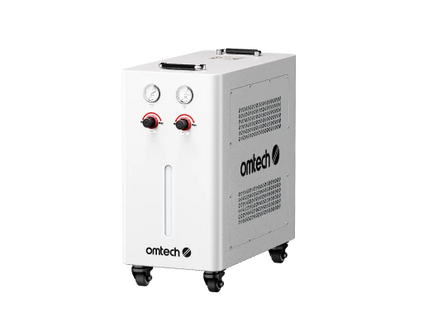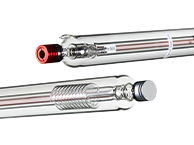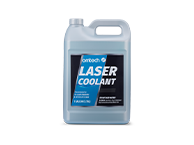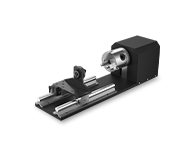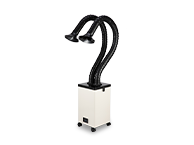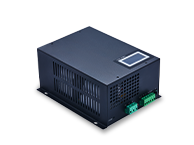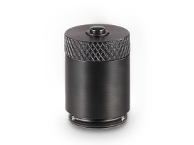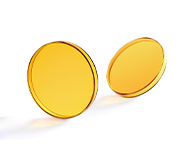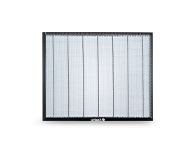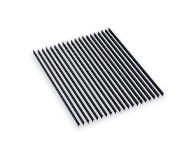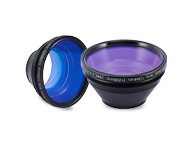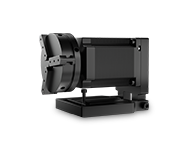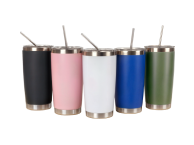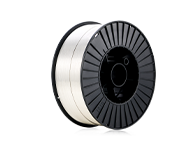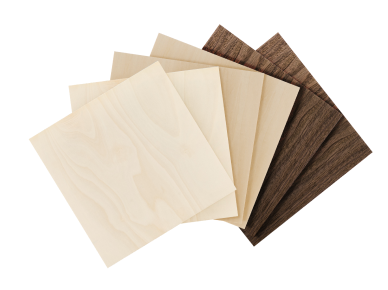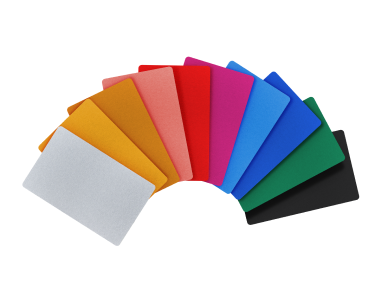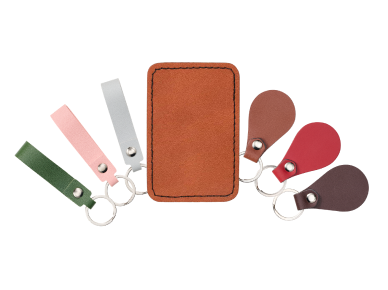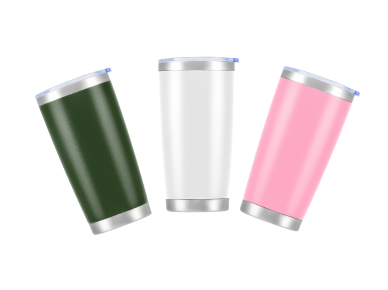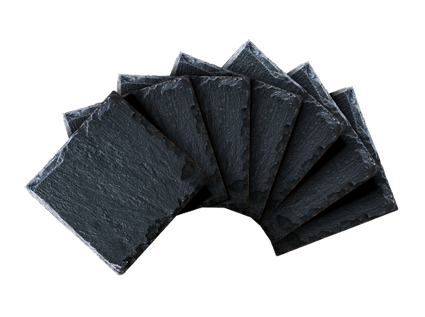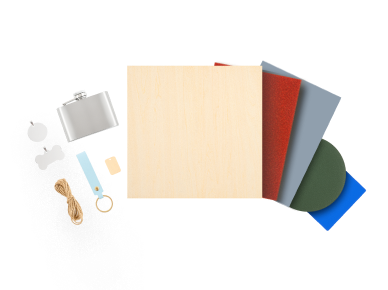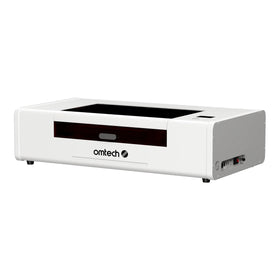The Comprehensive Guide to Laser Glass Cutter

Laser systems have revolutionized the way glass can be cut, etched, and engraved. But it’s important to understand the distinction: while cutting through glass requires a specialised laser setup, engraving glass is something many hobbyists and professionals can do with a more accessible CO₂ laser system—like those offered by OMTech.
This article will delves into the world of laser glass cutters, and walk you through the science behind laser cutting glass, the limitations and requirements, and essential factors to evaluate when selecting the appropriate machine for your requirements.
What is a Laser Glass Cutter?
A laser glass cutter is an advanced device that uses focused laser beams to cut, engrave, or etch designs into glass materials. This technology allows for detailed manipulation of glass surfaces without direct contact, preserving the material’s integrity and ensuring precise execution of designs. Laser glass cutters have become indispensable in various fields, from manufacturing to art and design.
How Does a Laser Glass Cutter Work?
Laser glass cutters utilize high-powered lasers to achieve precise cuts in glass. The process begins with generating a focused laser beam, typically from a CO2 laser. This beam is directed onto the glass surface, where it is concentrated to a small spot, intensifying the heat at that point.
As the focused laser beam hits the glass, it rapidly heats the material, causing it to melt or vaporize. This thermal process allows the laser to cut through the glass cleanly. To enhance the cutting efficiency, a jet of gas, such as compressed air or nitrogen, is directed at the cutting site.
This gas jet cools the surrounding area to prevent unwanted thermal stress, blows away molten or vaporized material, and ensures a clean-cut edge.
The laser glass cutter is mounted on a computer-controlled system, enabling precise movement along the desired cutting path. This precision allows for intricate shapes and patterns to be cut with high accuracy. The movement is programmed using specialized software, allowing complex designs to be executed flawlessly.
Overall, laser glass cutters work by focusing a high-powered laser beam onto the glass surface, heating it to melt or vaporize the material, and using a gas jet to assist in the cutting process. The result is a precise and clean cut, suitable for various applications in different industries.
Advantages of Using Laser Glass Cutter
There are many advantages to cutting glass using a laser cutter.
-
High Precision and Accuracy: Laser cutters achieve precise cuts with minimal errors, making them ideal for detailed designs.
-
Ability to Create Intricate Designs and Shapes: The precision of laser cutting allows for complex patterns that are challenging to accomplish with conventional techniques.
-
Reduced Material Waste and Increased Efficiency: Laser cutting is efficient and minimizes waste, making it cost-effective.
-
Minimal Risk of Chipping or Cracking: The non-contact nature of laser cutting reduces the risk of damaging the glass.
-
Versatility in Cutting Various Types of Glass: Suitable for different types and thicknesses of glass.
Types of Lasers Used in Glass Cutting
It’s not easy to cut glass, and not all lasers can do it. Laser cutting glass typically requires ultrashort pulse lasers (USP lasers) or picosecond lasers, which emit incredibly short, powerful bursts of energy. These types of lasers can cut cleanly through glass without causing excessive cracking or thermal stress.
Can CO2 Laser Cutters Cut Glass?
No, CO₂ laser cutters can effectively engrave glass, but they can't cut it. Here’s why standard CO₂ lasers generally aren’t used for cutting through glass:
-
Thermal Shock: Glass is sensitive to rapid temperature changes. The high heat from a traditional laser can cause unwanted cracks.
-
Reflectivity: Clear glass reflects much of a CO₂ laser’s energy, making full-thickness cutting inefficient or impossible without special coatings or techniques.
-
Brittle Nature: Glass doesn’t behave like wood or metal—it chips, fractures, and breaks if not handled with extreme precision.
For this reason, most laser operators working with glass focus on engraving, rather than cutting all the way through.
Can Fiber Laser Cutters Cut Glass?
No, general fiber laser cutters are not suitable for cutting glass unless of a special laser. This is because glass is transparent to the wavelength of light emitted by fiber lasers (typically around 1.06 micrometers). As a result, the laser energy passes through the glass without significantly heating it, making it ineffective for cutting purposes.
Can UV Laser Machines Cut Glass?
Yes, a UV laser machine can cut glass. It uses ultraviolet light to create precise and clean cuts by heating and breaking the glass at a microscopic level. This makes it highly effective for detailed and intricate designs on glass surfaces. Therefore, the most suitable machine for cutting glass is a UV laser engraving machine. A 30W UV laser can cut glass up to 1.5 mm thick.
Alternative Cutting Methods for Glass
If your goal is to shape or cut thick glass, such as glass over 10 mm thick, you may want to explore other approaches:
-
Laser-Assisted Thermal Fracture: A laser is used to create a heated line on the glass, followed by a cooling stream (like air or water) to induce a controlled break.
-
Scribe-and-Break: A low-power laser scores the surface, and mechanical stress is applied to snap the glass along that line.
Both techniques offer precision but require specific setups and operator experience. They are primarily used in industrial contexts for cutting glass substrates, smartphone screens, and architectural panels.
Types of Glass Suitable for Laser Cutting
-
Soda-lime Glass: The most commonly used type of glass for laser cutting due to its versatility.
-
Borosilicate Glass: Known for its chemical resistance and high thermal stability, it is ideal for laboratory equipment.
-
Aluminosilicate Glass: Highly durable and used in demanding applications like smartphone screens.
-
Silica Glass: Employed in high-temperature applications due to its excellent thermal properties.
-
Stained Glass: Used for decorative purposes, though it is prone to fracturing.
Detailed Description of the Laser Glass Cutting Process
-
Designing the Concept: The first step involves creating the design to be cut from the glass. This design can be made using CAD software or sourced from online libraries.
-
Implementing Test Cuts: Before proceeding with the final cut, test cuts are performed to determine the optimal settings for the specific type of glass. This helps in adjusting laser power, speed, and focus for precise results.
-
Creating the Cut: The laser cutter is set to the determined settings, and the glass is placed on the cutting bed. The laser beam is then directed along the desired path to cut or engrave the glass.
-
Finishing Touches: Post-cutting, the edges of the glass might be sharp and require sanding or polishing to ensure they are safe to handle.
Important Considerations for Selecting a Laser Glass Cutter
When you choose a laser glass cutter, you need to consider the following factors.
-
Power Output and Precision: Ensure the machine has adequate power and precision for your needs. Higher power allows for faster cutting and the ability to handle thicker materials.
-
Material Compatibility and Thickness: Check that the machine can handle the types and thicknesses of glass you will be working with.
-
Size of the Working Area: Make sure the machine’s workspace is large enough for your projects.
-
Cooling Systems and Ventilation: Proper cooling and ventilation are essential for safe and efficient operation.
-
Safety Features: Look for machines with built-in air assist, exhaust fans, and emergency stop features to ensure safe operation.
Conclusion
Laser glass cutters offer unmatched precision and versatility, making them invaluable tools in various industries. When choosing a laser cutter, consider factors such as power output, material compatibility, and safety features to find the right machine for your needs.
By exploring the potential of laser cutters, you can elevate your glass-cutting projects to new heights, achieving intricate designs and superior quality with ease.







